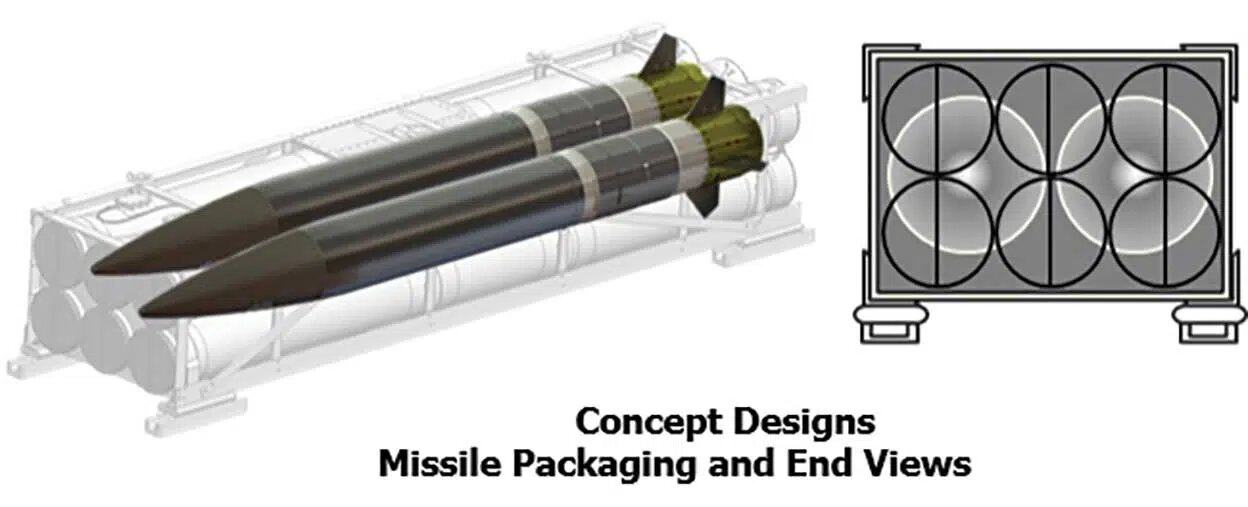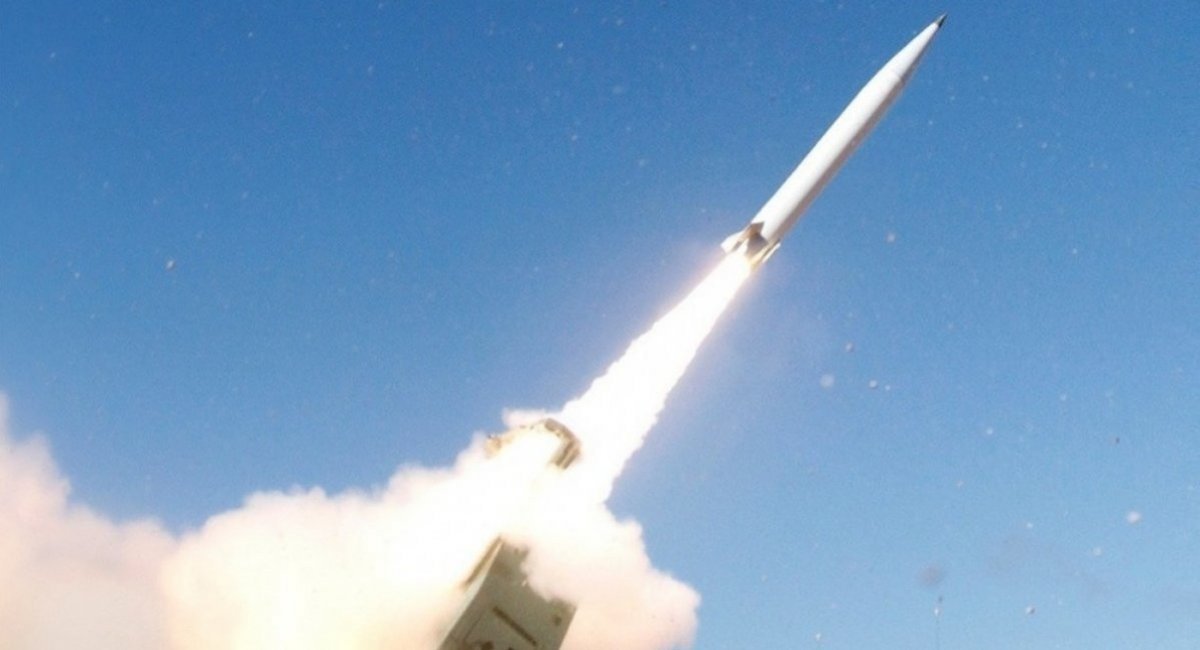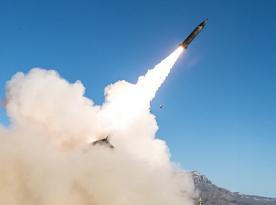Lockheed Martin is working on the Increment 3 version of the PrSM, which will be capable of carrying payloads such as swarms of unmanned aerial vehicles (UAVs) or miniature precision-guided glide bombs.
According to The War Zone, which interviewed Becky Withrow, Lockheed Martin’s Director of Strategy and Business Development, the new variant is expected to carry systems such as the Coyote loitering drone and the Hatchet miniature glide bomb.
Read more: Lockheed Martin Announced 5+ Generation Fighter Development Based on F-35, Promised to Deliver a "Ferrari"
While deploying UAVs or munitions from a ballistic missile may sound like a novel concept, Defense Express notes that the idea is not entirely new. It resembles the U.S. military’s earlier yet unrealized Brilliant Anti-Tank (BAT) submunition project for the ATACMS missile, which was designed to release 13 GBU-44/B Viper Strike precision-guided munitions near its target.
The Coyote drone, on the other hand, was originally designed as a counter-UAV interceptor but evolved into a more versatile weapon. Newer versions, such as the Coyote LE SR and Block 3, are reusable and can carry electronic warfare payloads, reconnaissance cameras, and communications relay systems, making them highly adaptable assets on today’s battlefield.
The U.S. Army is actively expanding its use of the Coyote drone and exploring new launch methods. The latest Coyote LE SR variant was recently tested for launch from helicopters. Additionally, the drone was successfully launched from a BGM-71 TOW launcher mounted on a Bradley infantry fighting vehicle, a capability that was first teased by a mysterious "670" missile launch before the system’s identity was revealed.
Despite weighing only 3 kg, the Hatchet miniature glide bomb compensates for its size with high precision. Its compact design allows multiple bombs to be carried at once. Still under development, the Hatchet is expected to use a variety of guidance methods, including inertial navigation with GPS, as well as laser, radar, or infrared seekers.
Unsurprisingly, a long-range ballistic missile capable of deploying such payloads at distances of up to 500 kilometers would offer a significant tactical advantage. It could rapidly deploy swarms of loitering drones or glide bombs deep behind enemy lines or conduct reconnaissance missions far from friendly positions.

The PrSM family will eventually include five variants. Increment 1, which is already in service, has a range of 500 km. Increment 2 will be capable of engaging moving targets. Increment 3 — designed to deploy loitering munitions or glide bombs, will follow Increment 4, which will extend the range to 1,000 km. Increment 5 is expected to further increase the missile’s range. Each PrSM is launched from a standard HIMARS pod, which holds two missiles.

The U.S. Army has already fielded the Increment 1 missile and plans to procure additional units under a $4.9 billion acquisition program.
Read more: U.S. Retires Heavy Weapons – Will Ukraine Be Able to Buy Them?














